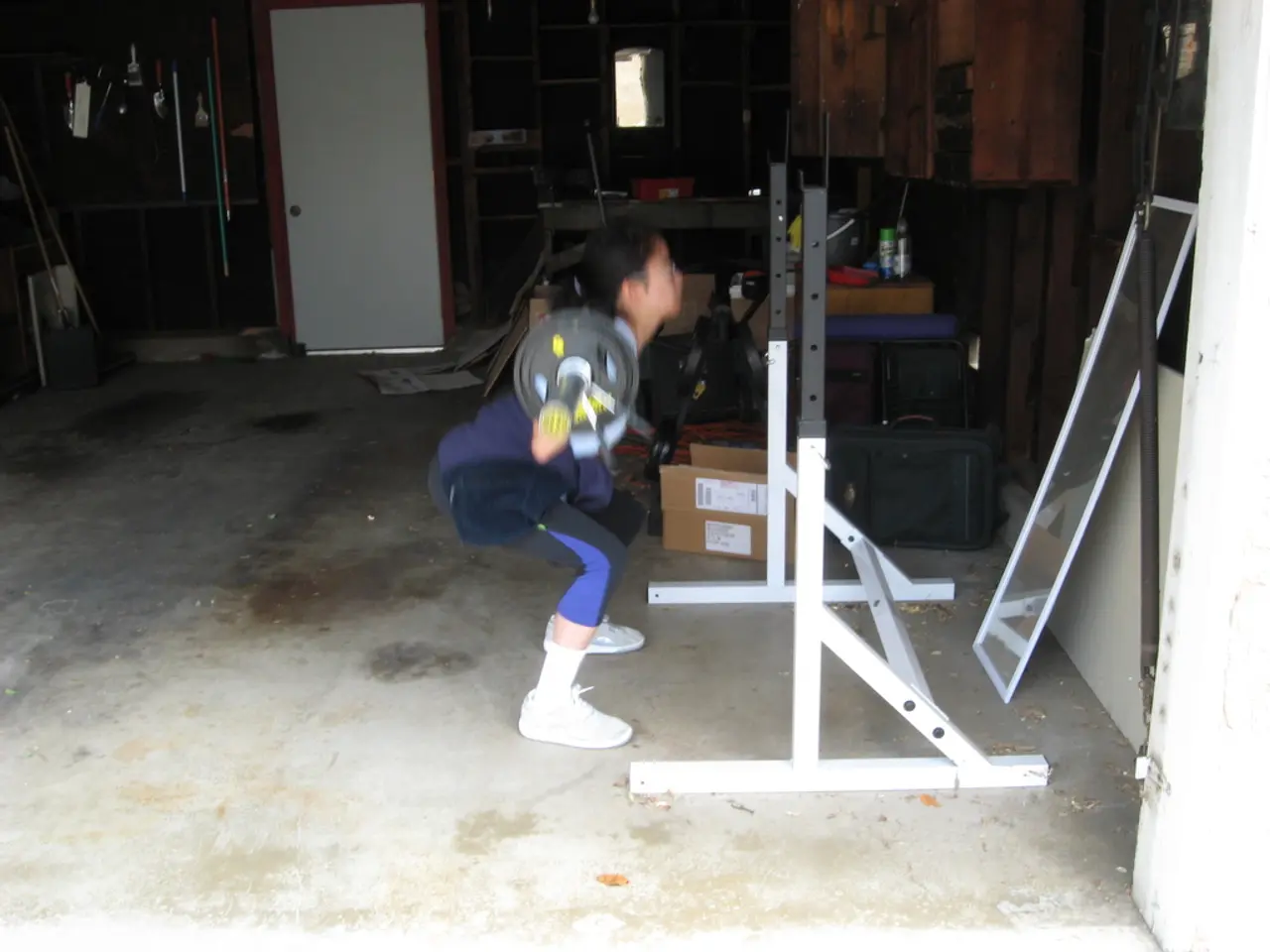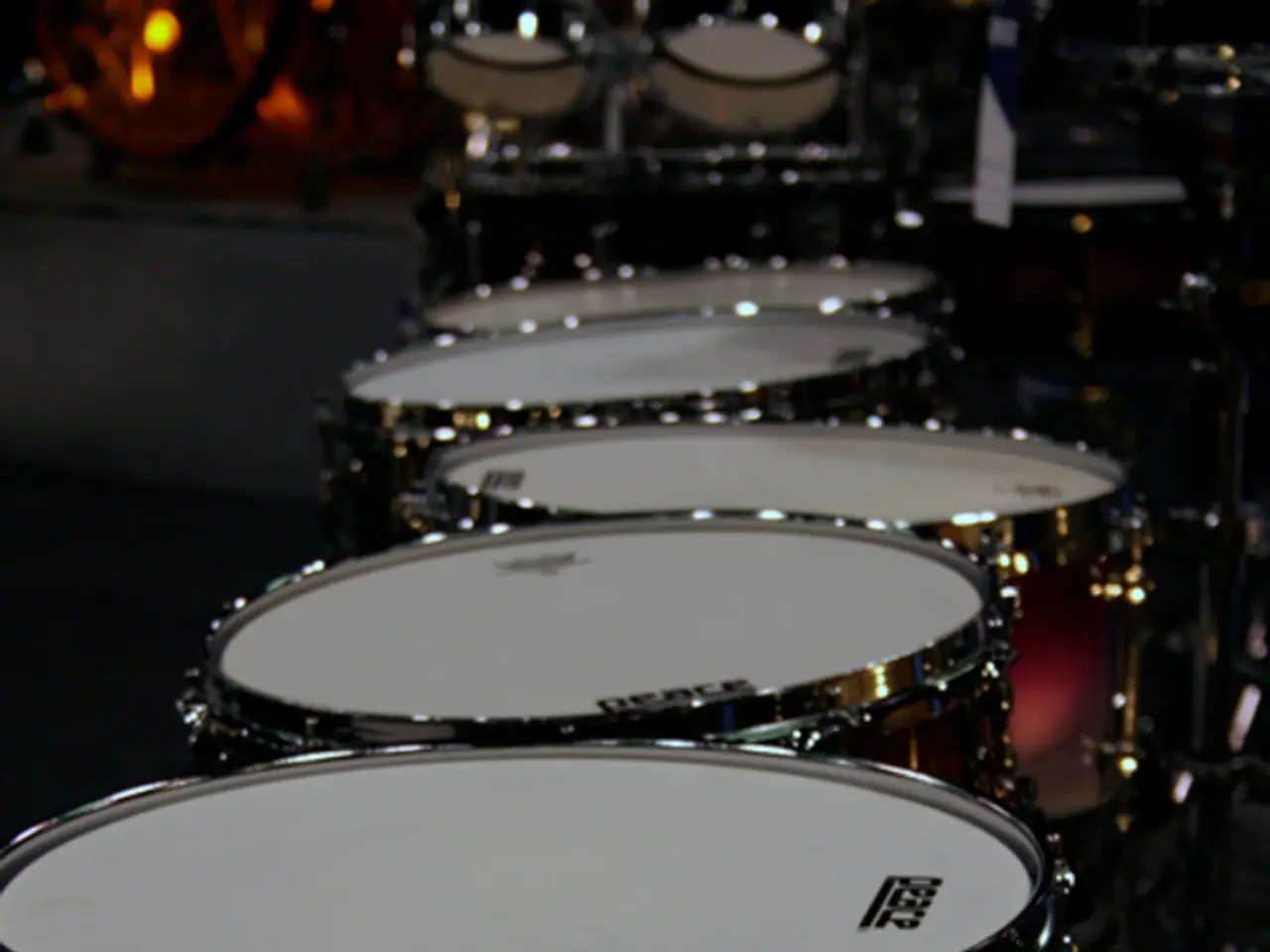For those who conquer these 3 bodyweight exercises, they surpass the fitness level of many individuals aged 45 and above.
Staying active and maintaining fitness as an adult over 45 is crucial for maintaining independence and overall well-being. For those without access to gym equipment or memberships, bodyweight tests provide a practical and effective way to measure functional fitness.
These tests focus on core stability, joint mobility, muscular endurance, and balance, which are essential for daily activities and injury prevention. Here are some of the best bodyweight tests for adults over 45:
Forearm Plank Hold
This test measures core strength and muscular endurance, crucial for stability and injury prevention. Adults aged 40–59 holding the plank for less than 30 seconds may indicate poor fitness, while those holding for between 90 to 120 seconds show very good endurance.
Wall-Sit Test (Isometric Squat Hold)
The Wall-Sit Test assesses lower-body strength and endurance by holding a seated squat position against a wall. For adults 40–59, holding less than 30 seconds reflects poor lower-body fitness, while more than 75 seconds indicates strong endurance.
Deep Bodyweight Squat Hold
This test measures hip mobility, ankle function, spinal control, and core engagement. Holding a deep squat with proper form for 60 seconds without heel lift or knee collapse signifies good mobility and coordination, preventing falls and joint injuries.
Shoulder Tap Plank
The Shoulder Tap Plank is a dynamic plank variation involving tapping shoulders while maintaining plank position, testing core control and anti-rotational stability important for functional fitness and injury prevention.
Reverse Lunge
The Reverse Lunge evaluates balance, stability, and unilateral lower-body control, which reduces injury risk and reveals side-to-side strength imbalances.
Chair Stand Test
This test measures lower-body muscle power and endurance by timing how long it takes to stand up from a chair 10 times or counting how many stands can be done in 30 seconds. It's great for gauging functional strength related to everyday movements.
These tests collectively gauge strength (muscular force), control (stability and balance), and staying power (muscular endurance) required for functional fitness in adults over 45. Regularly performing and tracking these bodyweight tests can help identify weaknesses, monitor progress, and guide safe, effective training adaptations.
As muscle strength declines by about 3% per year after 50, these assessments are vital to maintain function and prevent frailty. Combining resistance exercises with proper nutrition (e.g., vitamin D) enhances outcomes, but bodyweight tests reflect practical fitness levels independently.
In summary, the Forearm Plank Hold, Wall-Sit Test, Deep Squat Hold, Shoulder Tap Plank, Reverse Lunge, and Chair Stand are among the best bodyweight tests for adults over 45 to comprehensively measure functional strength, control, and endurance. Consistently training these tests can help maintain strength, balance, and mobility, essential for a fit and active lifestyle after 45.
- The Forearm Plank Hold test, which measures core strength and muscular endurance, is vital for adults over 45, as holding for less than 30 seconds may indicate poor fitness, while those holding for between 90 to 120 seconds show very good endurance.
- The Wall-Sit Test, assessing lower-body strength and endurance, indicates strong endurance for adults 40–59 if they can hold a seated squat position against a wall for more than 75 seconds.
- To test hip mobility, ankle function, spinal control, and core engagement, adults over 45 should aim for a 60-second deep squat hold without heel lift or knee collapse.
- The Shoulder Tap Plank, involving shoulder taps while maintaining plank position, tests core control and anti-rotational stability, which are essential for functional fitness and injury prevention.
- The Reverse Lunge evaluates balance, stability, and unilateral lower-body control, making it crucial for adults over 45 to maintain functional fitness and prevent frailty during the aging process.




